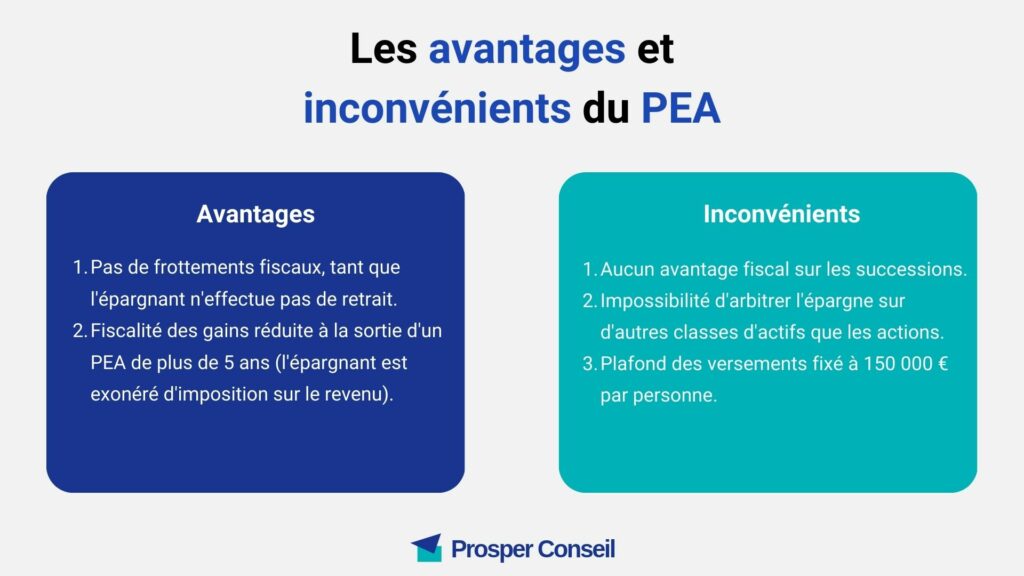A public buyout offer is a financial transaction that presents both advantages and disadvantages for the parties involved. It's essential to understand these aspects before making any decisions. On the one hand, the IPO offers minority shareholders the opportunity to sell their shares at an attractive price, thus guaranteeing immediate liquidity. However, this can also lead to a dilution of the rights of the remaining shareholders. It is therefore important to carefully analyze the terms and conditions of the RPO, and to consult specialized financial advisors.
The 7 best MONTHLY dividend stocks (2023 edition)
[arve url="https://www.youtube.com/embed/lgtyJdSW4A8″/]
Why make a public buyout offer?
A squeeze-out offer is a procedure undertaken by a company or a majority shareholder to buy out the remaining shares in a listed company. This offer enables the bidder to take total control of the company by eliminating minority shareholders.
A public buyout offer may be motivated by several factors. Firstly, the bidder may wish to consolidate its position in the market by acquiring the entire target company. By eliminating minority shareholders, the bidder can make strategic decisions more easily, without having to consult other shareholders.
This approach can also be used to achieve economies of scale.. By purchasing the remaining shares, the bidder can simplify the company's structure and reduce the administrative costs associated with managing several shareholders. What's more, by taking full control of the company, the bidder can optimize synergies between the group's various entities.
A public buyout offer may also be motivated by a desire to privatize a state-owned company.by buying back shares held by the state or other institutional shareholders. This approach can give the bidder greater flexibility in managing the company, and enable it to make decisions more quickly, without the constraints of public management.
It is important to note that the implementation of a public buyout offer must comply with current regulations. The bidder must submit an offer to the minority shareholders, setting a price for their shares. The shareholders then have the choice of accepting or rejecting the offer.
In a nutshell, a squeeze-out is a procedure whereby a company or a majority shareholder buys back the remaining shares in a listed company. This may be motivated by a desire to take full control of the company, to achieve economies of scale, or to privatize a public company. A public buyout offer must comply with current regulations, and minority shareholders have the choice of accepting or rejecting the offer.
What's the point of a takeover bid?
A takeover bid is a transaction in which one company, called the bidder, offers to acquire the shares of another listed company. The value of a takeover bid may vary according to the situation and objectives of the bidder.
1. Expansion and growth : A takeover bid can enable the bidder to expand its activities and geographical presence by acquiring a target company. This can give the bidder access to new markets, new technologies or operational synergies that can strengthen its competitive position.
2. Sector consolidation : In some cases, a takeover bid can be used to consolidate an industrial sector. By merging with a competitor, the bidder can create a more powerful entity, better able to face the challenges of the industry. This can also reduce competition and improve the sector's overall profitability.
3. Value creation : The main objective of a takeover bid is generally to create value for the bidder's shareholders. By acquiring a target company, the bidder can achieve economies of scale, exploit synergies and gain access to new growth opportunities, which can translate into a higher share price and higher returns on investment.
4. Access to resources : A takeover bid can also be used to obtain specific resources, such as patents, trademarks or key talent. By acquiring a target company, the bidder can enrich its portfolio of assets and strengthen its R&D, marketing or production capabilities.
5. Market exit : In some cases, a takeover bid may be used as a means for existing shareholders in the target company to exit the market quickly by selling their shares to the bidder. This may be for personal, financial or strategic reasons.
In short, a takeover bid can offer multiple benefits to the intervening companies, such as expansion, consolidation, value creation, access to resources and exit from the market. However, it is essential to note that takeover bids can also give rise to controversy and opposition, particularly from shareholders and relevant stakeholders.
Why do a PRO?
SEO, or Search Engine Optimization, is an essential practice for news websites. It aims to improve a site's visibility and ranking in the results of search engines such as Google.
Why do a PRO?
There are several reasons why it is important to make a PRO on a news site:
1. Increase visibility : By optimizing your news site for search engines, you increase its visibility to your target audience. This means your site will be more likely to appear in the first search results when someone searches for information related to your field.
2. Attract more organic traffic: By improving your site's search engine ranking, you also increase your organic traffic. Users tend to click on the first search results, which can lead to a significant increase in the number of visitors to your site.
3. Gaining credibility: Good search engine rankings give users the impression that your site is reliable and trustworthy. This can reinforce your brand's credibility and encourage users to return regularly to check your news.
4. Maximize ROI: Search engine optimization is a cost-effective strategy for increasing the visibility of your news site. Compared with other marketing methods such as paid advertising, SEO offers a long-term return on investment.
In conclusion, performing SEO on your news site is essential to increase its visibility, attract more organic traffic, gain credibility and maximize your ROI. By implementing the right optimization practices, you can significantly improve your site's performance and success in the world of online news.
How does a PRO work?
A takeover bid is a financial operation whereby a company offers the shareholders of a listed company the opportunity to sell their shares at a set price. This offer is generally launched by a company wishing to increase its stake in another company.
In general, the RPO process is as follows:
1. OPR announcement: The company launching the IPO publicly announces its intention to acquire shares in a listed company. This announcement may be made by means of a press release or an official statement.
2. Publication of the prospectus : The company launching the public offering is required to publish a prospectus detailing the terms and conditions of the operation. This prospectus must be approved by the financial markets regulator.
3. Acceptance period : The target company's shareholders generally have a fixed period in which to accept or reject the offer. During this period, they can decide whether to sell their shares or keep them.
4. Share buyback : Once the acceptance period is over, the company initiating the takeover bid repurchases the shares of those shareholders who have accepted the offer. The repurchase price is generally fixed in advance, and may be in cash or shares.
5. Results announcement : Once all the shares have been bought back, the company initiating the buyback offer announces the results of the operation, including the number of shares bought back and the percentage stake obtained.
It is important to note that each IPO may have its own specific features, depending on the objectives and rules governing the financial markets. Shareholders should therefore always read the information documents provided by the issuing company carefully, and consult a financial advisor if necessary.
In conclusion, the public buyout offer presents both advantages and disadvantages. benefits and disadvantages. On the one hand, it offers shareholders the opportunity to sell their shares at a potentially attractive price, which can generate significant cash flow. On the other hand, it enables investors to exit a company they feel presents risks or no longer corresponds to their investment strategy.
On the other hand, this offer can also be perceived as a restriction choices available to shareholders. Indeed, those who do not wish to sell their shares may feel aggrieved by the offer and not be able to fully exercise their ownership rights. Moreover, this may lead to a reduction in the number of shareholders and increased concentration of capital in the hands of a limited number of investors.
It is therefore important to weigh up the pros and cons before taking a decision on a public buyout offer. Shareholders should thoroughly assess the financial and strategic implications of such an offer, as well as its potential impact on their investment portfolio. In all cases, it is advisable to consult a financial professional for advice tailored to each specific situation.








